How to clean floors properly?
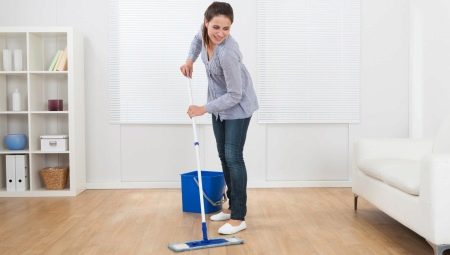
Keeping the house clean is one of the main tasks of a good housewife. This article will tell you how to properly wash floors without harming the coating.
rules
Regular high-grade cleaning includes washing the floors.
First you need to prepare. Free the area from small-sized furniture (chairs, ottomans) and things lying on it (toys, etc.) standing on the floor. If there is visible debris, it is worth removing it with a vacuum cleaner or a broom slightly moistened with water. This will make wet cleaning easier.
Start washing from the corner of the room farthest from you. This way you do not have to step on a freshly washed surface until it is completely dry. Pay attention to the corners and joints between the flooring and the skirting board.
Change contaminated water to clean water as often as possible. If the rag is too damp and the floor remains wet, divide the flooring into zones, cleaning each zone with a damp cloth first and then with a dry cloth.

If you are using a mop for cleaning, make sure her handle is at armpit level. This size of the device reduces stress on the back and makes it easy to reach hard-to-reach places.
Try to squeeze the rag thoroughly each time you put it in the bucket.
Funds
To make the floor sparkle clean and fragrant with freshness, ordinary water is not enough. There are many professional and folk remedies suitable for wet cleaning. However, when choosing products for removing dirt and disinfecting, it is important to consider the type of floor covering so as not to damage it.
For example, extremely delicate detergents are suitable for parquet and laminate. The PH of the agent must be neutral.Substances with abrasive particles are strictly prohibited.
Linoleum does not tolerate products containing alcohol. Powdered formulations are also undesirable. They can create light streaks on the surface.
Floor tiles should not be washed with liquid soap. Here, the best choice would be laundry soap or a special composition.
Regardless of the type of coating, it is not recommended to use whiteness and other chlorine-containing substances for regular washing. Saline solution is a universal folk remedy. It is prepared in the proportions of half a glass of funds for a bucket of water. The surfaces after such washing become perfectly clean and shiny.
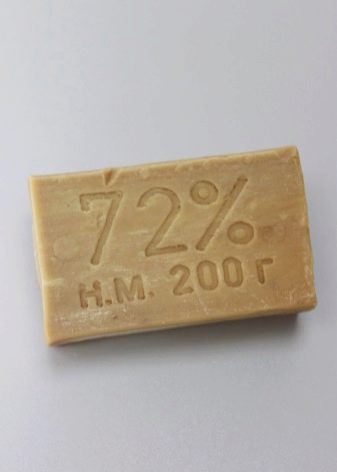

Another good option is vinegar. With the help of such a solution, you can clean any floor coverings, except for stone (marble, granite, etc.).
Choosing a rag
Choosing the right fabric for cleaning your floor is equally important. Several options are especially popular:
- Viscose. This material absorbs moisture well, but when it comes into contact with water, the fabric becomes weaker. Twisting during spinning also significantly reduces the life of the material.
- Cellulose fabrics are more durable. In addition, it has excellent absorbent properties.
- Synthetic material is one of the best options. These rags dry quickly and remain in good condition for a long time.
- Microfiber fibers penetrate the most difficult places and small crevices. They attract dirt to them, leaving surfaces perfectly clean.
How to wash?
In order to thoroughly clean the floor of your home or office space without leaving streaks or damaging the flooring, it is important to consider the type of flooring.
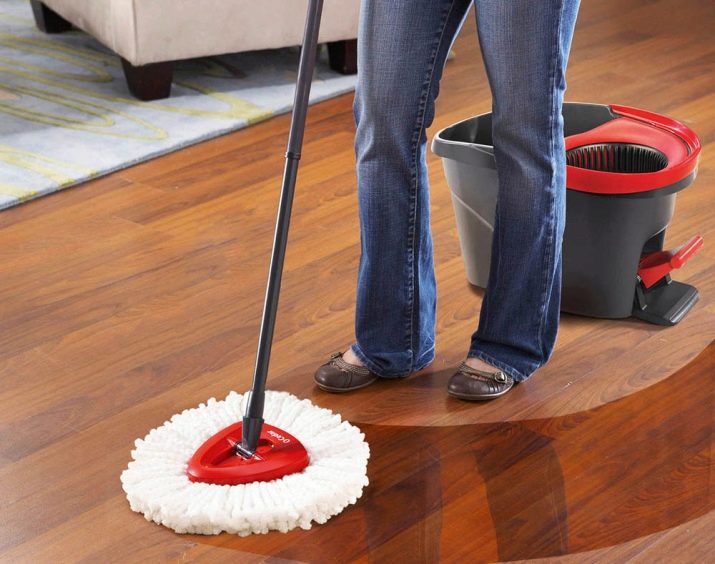
Tiled floor
Tiles need careful maintenance. The use of metal brushes is unacceptable here. The tiled floor can only be washed with a soft cloth, and serious dirt is removed with special scrapers.
For cleaning, you can use a vacuum cleaner with a cleaning function, or you can wash the flooring in the usual way.
When it comes to cleaning products, the correct thing to do here is to use special household chemicals designed for ceramic coatings. It will also help to quickly achieve a clean floor. ordinary soap solution. Finally, the tile flooring must be rinsed with clean water.
Wood
If the wooden floor is not painted, you can clean it from the dirt with a cool solution of detergent. Do not squeeze the rag too hard. Conversely, wet the surface and then brush over it with a stiff brush. Then wipe the soapy wood with a damp cloth and finally dry.
Painted or varnished fiberboard can only be washed with a soft cloth. Cleaning agents are also acceptable here, but the brush should not be used. In this case, the rag is well wrung out.
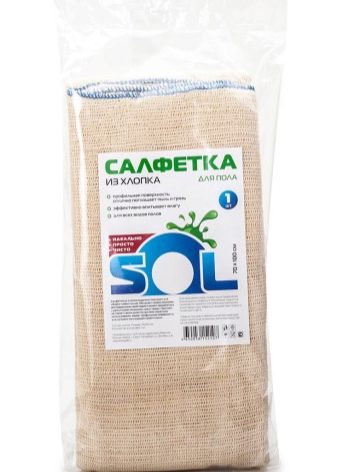
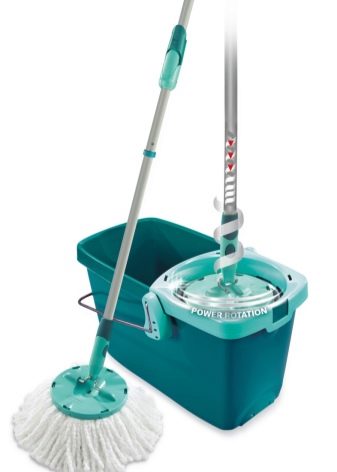
Parquet
This floor is a kind of varnished wood floor. It is also washed with a thoroughly wrung out cloth.
Although the protective coating almost does not allow moisture to pass into the structure of the tree, it is not recommended to wet such surfaces too often (no more than 1 time per week).
From laminate
Such a floor covering should be protected from stains and streaks. A water solution of liquid soap is suitable for regular cleaning. Good in this case and shampoo. But the most successful choice would be a washing powder in the form of a gel. Remember to change the water regularly to thoroughly rinse the finish.
Another option for cleaning such surfaces is 9% vinegar dissolved in hot water. In this combination, moisture instantly evaporates, eliminating the appearance of streaks.
If the dirt is strong enough, you can dissolve more detergent in the water than usual. The foam should be applied to the contaminated area for 10 minutes. The foam should then be washed off with clean water.
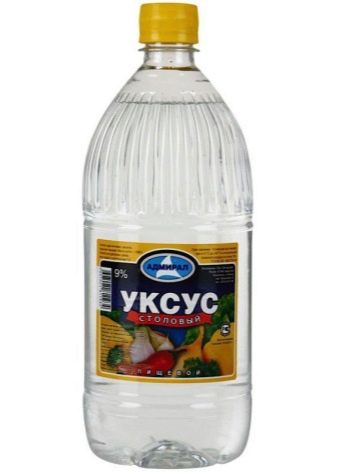

It is not necessary to use soda, alkali, ammonia and other aggressive agents to clean the laminate. Abrasive particles are also not allowed here.Regular cleaning of such a floor can be done three times a week.
Linoleum
The main rule for cleansing linoleum is the most careful attitude. The use of hot water is not allowed, as well as the use of abrasive particles. Soap solutions and specialized detergents can be used.
Such coatings are washed as needed. To maintain plasticity and prevent the appearance of cracks, they are wiped with vegetable oil. You can also use drying oil.
Of stone
The stone coating is easy to maintain. Wipe it once a week with a cloth dampened in water. Use household chemicals and other products with caution. They can leave streaks. In case of severe dirt, a delicate composition with a neutral pH balance can be diluted in water.
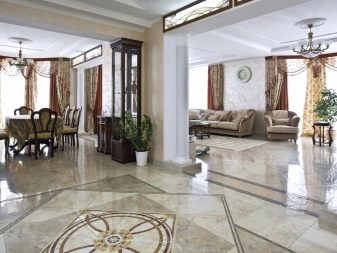
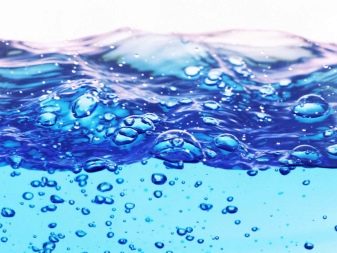
Cork
The cork floor is highly hygroscopic. High humidity is contraindicated for such surfaces. They absorb moisture into themselves, which affects their quality.
The main rule in this case is wring out the rag thoroughly. You do not need specialized cleaning products. It is enough to dilute ordinary soap in water. Abrasive substances must not be used.
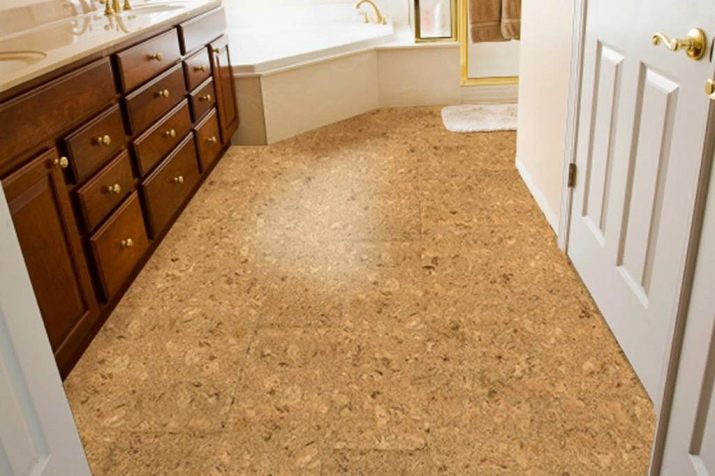
After mercury
Everyone should know how to properly clean the floor after a broken thermometer, because mercury is very dangerous. Upon impact, the substance disintegrates into small drops in the form of balls, rolling around the room.
First of all, get people and animals out of the room. Close the windowsas a draft can help distribute the mercury even more throughout the room.
Wear rubber gloves to protect your hands. A gauze bandage dipped in a soda solution or in clean water is necessary to protect the respiratory system. Fasten the plastic bags on your feet (if there are no shoe covers).
Collect the mercury carefully. Take a piece of paper or foil. Using it as a scoop, sweep away drips with a soft bristled brush. A broom will not work for this. Tough fluff can crush the mercury even further. Another method is a cotton pad dipped in a 0.2 percent solution of potassium permanganate.
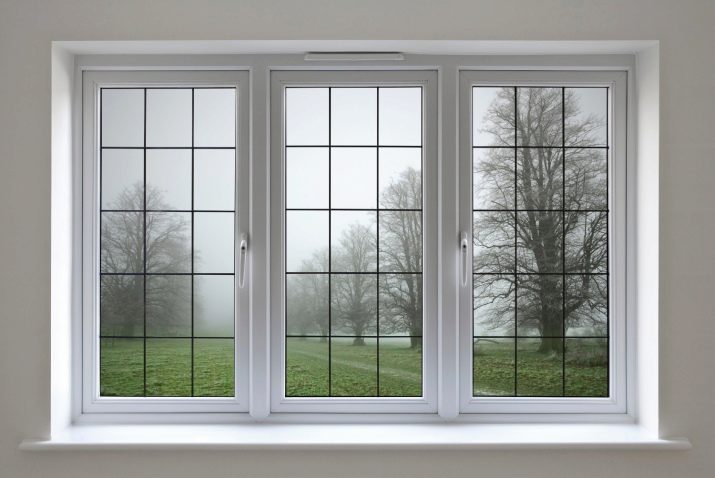
Collect the smallest particles with a rubber bulb. In the absence of such a device, use tape or adhesive plaster, but not a vacuum cleaner! A regular rag will also not work.
Place the mercury together with the thermometer in a jar or other glass container. Pre-fill it with cool water or potassium permanganate solution.
Close the container. Place it away from sunlight and heating devices (preferably on a balcony). Pack all used accessories (cotton wool, tape, rags, etc.) in a plastic bag. Then hand it over together with the bank to the employees of the Ministry of Emergency Situations or to another special institution. Ventilate the area.
Do not throw mercury and thermometer into garbage chute or sewer!
In conclusion, it is worth washing the floor. To do this, hover a soap and soda solution. Leave the composition on the surface for a couple of hours. Then rinse the floor with clean water. "Whiteness" solution is also suitable for disinfecting surfaces. This composition is kept for about 15 minutes. Then it is washed off with clean water.
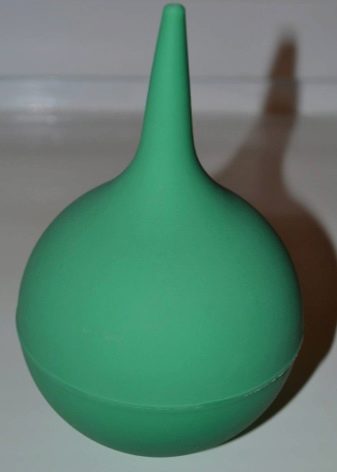
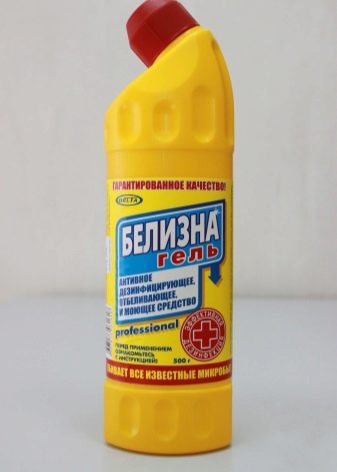
Repeat this procedure daily for 2 weeks. Also ventilate the room more often. Do not forget to take preventive measures to maintain your health (rinse your mouth, brush your teeth, take activated charcoal, etc.).
After renovation
Cleaning up construction dirt after renovation work can be tricky. In such cases, the floor will have to be washed three times.
First, wipe the surface with clean water to remove any major dirt.
Then treat the floor with soapy water. You can also use specialized detergents. Finally, rinse the floor again with clean water, thoroughly rinsing off the cleaning compound.
If there are traces of plaster or whitewash on the surface, you can add a little fine salt to the soapy solution. If the floor has been recently painted, it is best to clean it with water and vinegar.

Vegetable oil can wash the laminate from construction dust.Add a couple of tablespoons to clean water and wipe the floor with the resulting compound. Then rinse it with water with vinegar dissolved in it, and then again, but with clean water.
Another option is half a glass of kerosene in a bucket of water. After treating the floor with such a compound, rinse it with detergent. Finally, everything should be washed off with clean water. Vinegar will help get rid of the unpleasant smell of kerosene.
The third recipe is a solution of potassium permanganate. It does a good job with building dust, but this method is only suitable for dark flooring.
Removing stains
The tiled floor in the kitchen can be cleaned of grease in several ways. If you have a steam generator, use it. Then wipe the surface with a damp and clean cloth.
You can also wash off greasy stains with laundry soap. First, treat the stains with a soapy sponge and then wash off the soap with water. Cope with such dirt and mustard powder. Diluted with water to a paste, it is applied to the stain for 10 minutes. Then the composition is cleaned with a damp sponge.
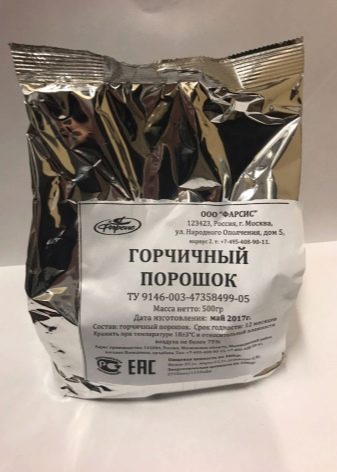

Cooking oil and baking soda is another unusual stain removal option. For this, ordinary sunflower or other oil available in the house is suitable.
Other types of contaminants can also be wiped off with soap or professional household cleaning products. You can even use alcohol to clean the tiles. Wooden surfaces should be dealt with more delicately. You can wash such a floor from stains with the help of special products.
From folk methods, in this case, raw potatoes or pharmacy talcum powder are suitable.
You can remove red wine stains with an oil-based soap. Baking soda combined with flaxseed oil can also help.
Diesel fuel stains on the floor of a house or apartment are rare. Such contaminants are removed from clothing with salt, baking soda, laundry soap, stain remover, lemon juice. If you do drip diesel fuel on the floor, wash it with a professional cleaner, based on the type of coating, or contact a specialist.

If you are using a roach repellent that is not in a container, rinse it off with a damp sponge first. Then "walk" over this area with the cleaning compound, and then change the water and wash the floor again.
How to remove the smell?
To eliminate unpleasant odors and achieve freshness, it is not recommended to use chlorine-based substances.
You can add baking soda, vinegar solution, or lemon juice to the water and scrub the floor with this solution. Also, specialized household chemicals do a good job with this problem.
Add shine
To make the floors in the apartment shine, you need to carefully look after them.
The tile can be rubbed to a shine with a woolen cloth. Citric acid and vinegar can also make the tiles shine. You can also shine wood or parquet floors with a vinegar solution. For parquet, water with glycerin is suitable, as well as polishing with a suede cloth.
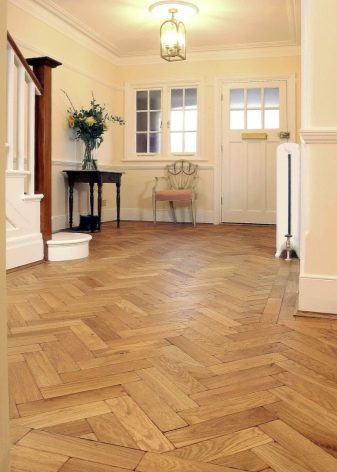
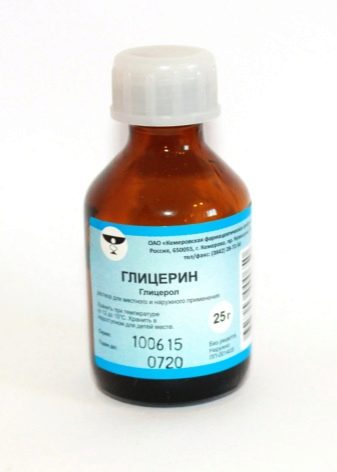
Tips for hostesses
Do wet cleaning regularly. This will keep your flooring looking fresh and shiny with ease. Clean surfaces from dirt immediately after their discovery.
Be sure to consider the type of flooring when cleaning.
How to properly wash your laminate flooring can be found in the following video.








